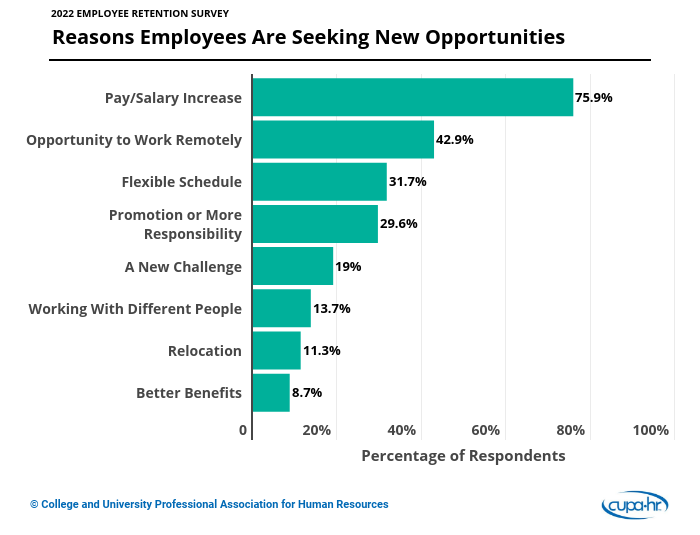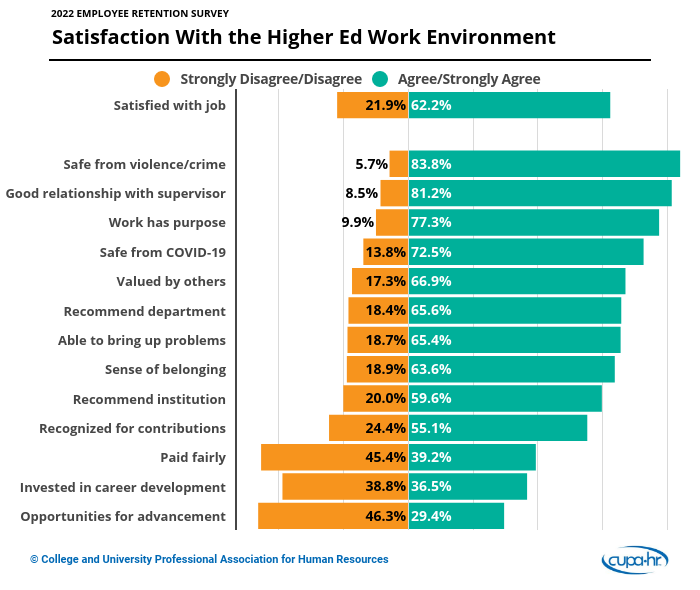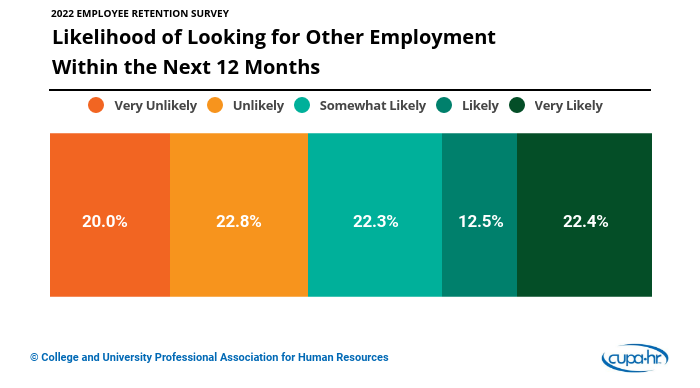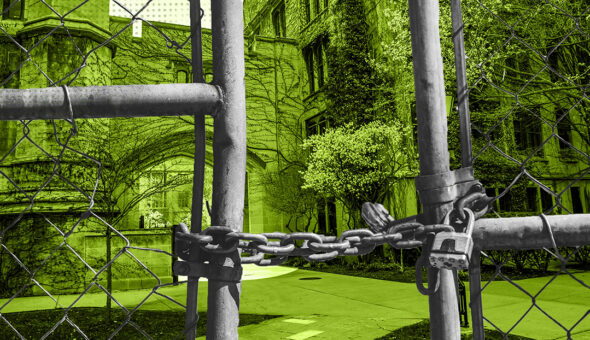Higher education, like many sectors, experienced significant disruption over the past few years due to the COVID-19 pandemic. Despite the easing of vaccination requirements and a return to in-person classes, the impact of all that disruption, especially in the form of faculty burnout, is still being felt, according to an October brief from the American Council on Education.
Kurt Gingrich, a professor of history at Radford University in Virginia and president of the public university’s Faculty Senate Executive Council, said COVID-19 took a toll on his institution, as it did on many others.
Some junior faculty members at Radford have found the demands of establishing themselves more daunting than expected, while more tenured faculty struggle to find new ways to renew themselves. However, he noted burnout isn’t a new concept. “Some faculty members feel burnout—but undoubtedly this has always been so,” he said.











